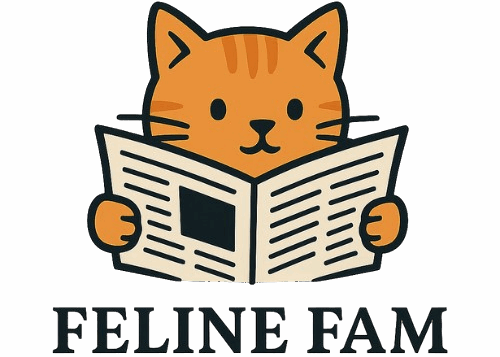Cats are fascinating creatures known for their mysterious demeanor and independent spirit. Unlike dogs, which often wear their hearts on their sleeves, cats tend to be more subtle in expressing their feelings. Understanding feline emotions can deepen the bond between a cat and its human, offering insights into their thoughts and moods. This article explores six unique ways cats communicate their emotions, providing cat lovers with a clearer perspective on their pets’ inner world.
Purring: The Sound of Contentment or Concern
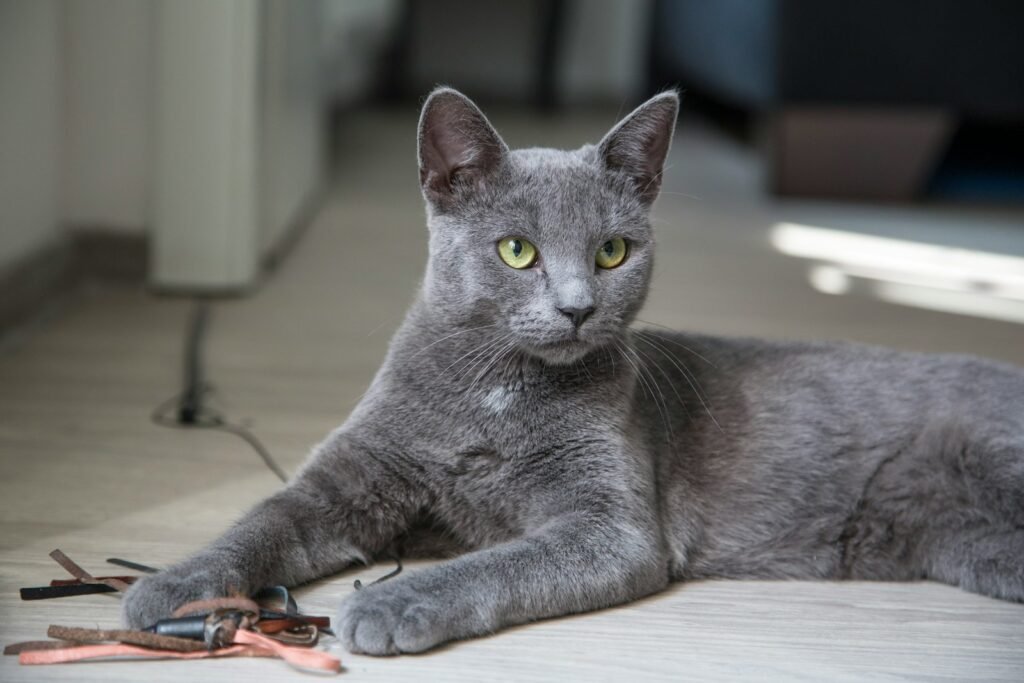
Purring is perhaps the most well-known way cats express their emotions. Generally associated with comfort and relaxation, a cat’s purr can signify contentment when they’re nestled on their favorite human’s lap. However, purring isn’t always a sign of happiness. Some cats purr when they’re frightened, in pain, or recovering from injury, using this soothing vibration as a self-calming mechanism. Observing other body language cues, such as tail position or ear alignment, can help decipher whether a purr indicates peace or distress.
Tail Language: The Emotional Indicator
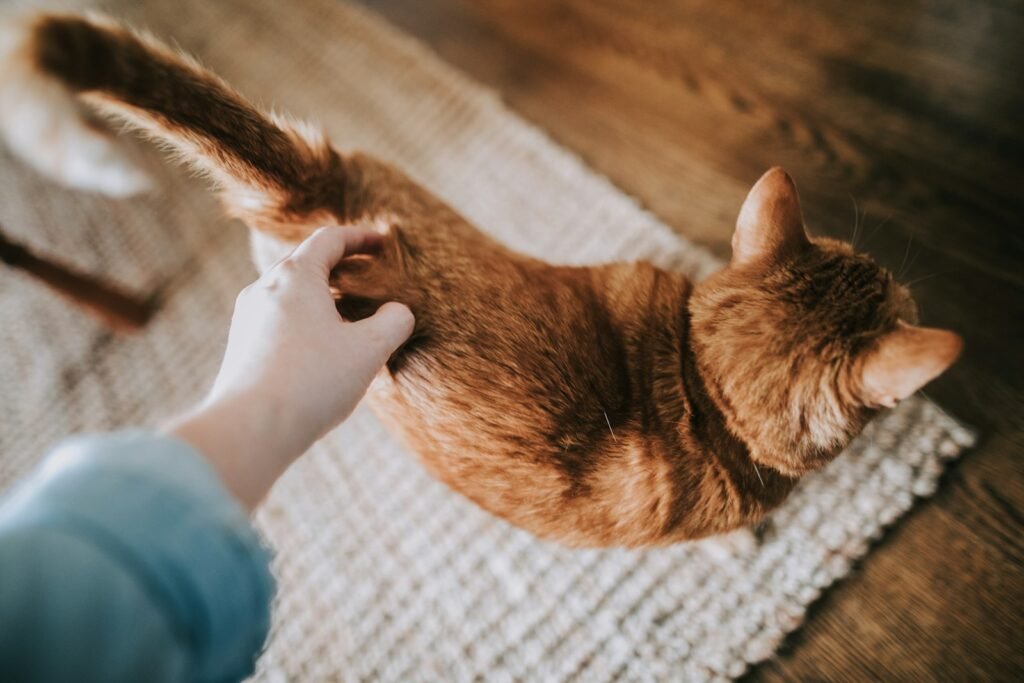
A cat’s tail is a versatile tool for communication, offering a spectrum of emotional insights. When a cat holds its tail high, it often signals confidence or curiosity. A twitching or thrashing tail might indicate irritation, while a cat with a tail wrapped around itself could be seeking comfort and warmth. Pay attention to a tail that’s bushy and puffed up, as this often means the cat feels threatened or frightened. Understanding these tail signals can prevent misunderstandings between cats and their humans.
Slow Blinking: A Gesture of Affection
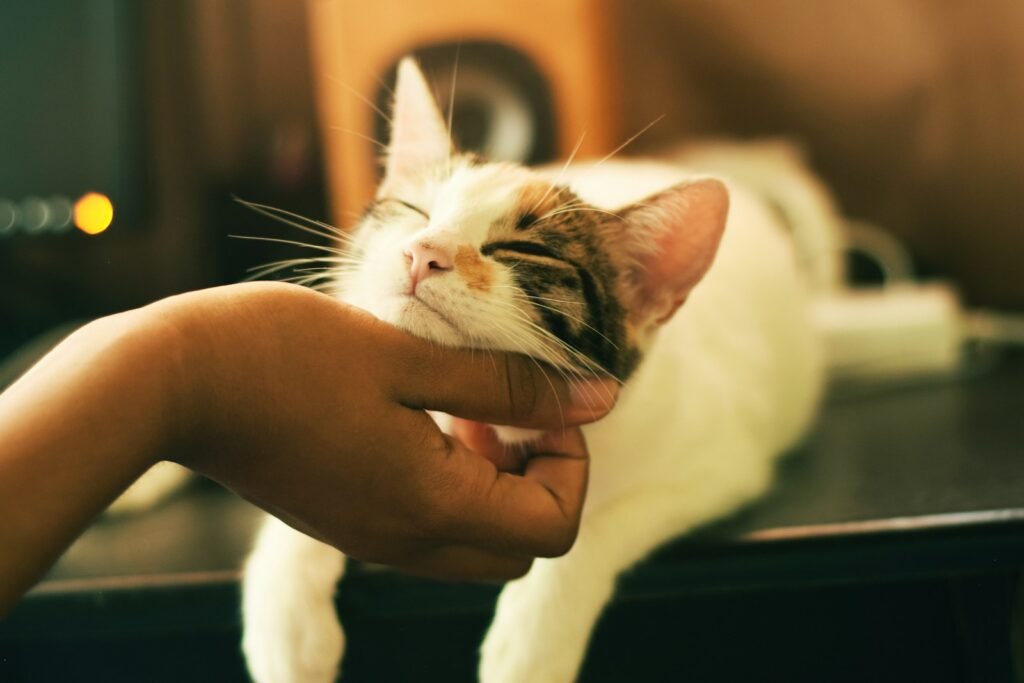
The slow blink is a subtle and powerful way cats express affection and trust. If a cat gazes at you and slowly blinks, it’s their version of a kiss, signaling that they feel safe and comfortable in your presence. It’s akin to the human equivalent of saying, “I love you.” Cat owners can reciprocate this gesture by returning the slow blink, thereby strengthening the bond and communication with their pet.
Ears: The Mood Diagnostic
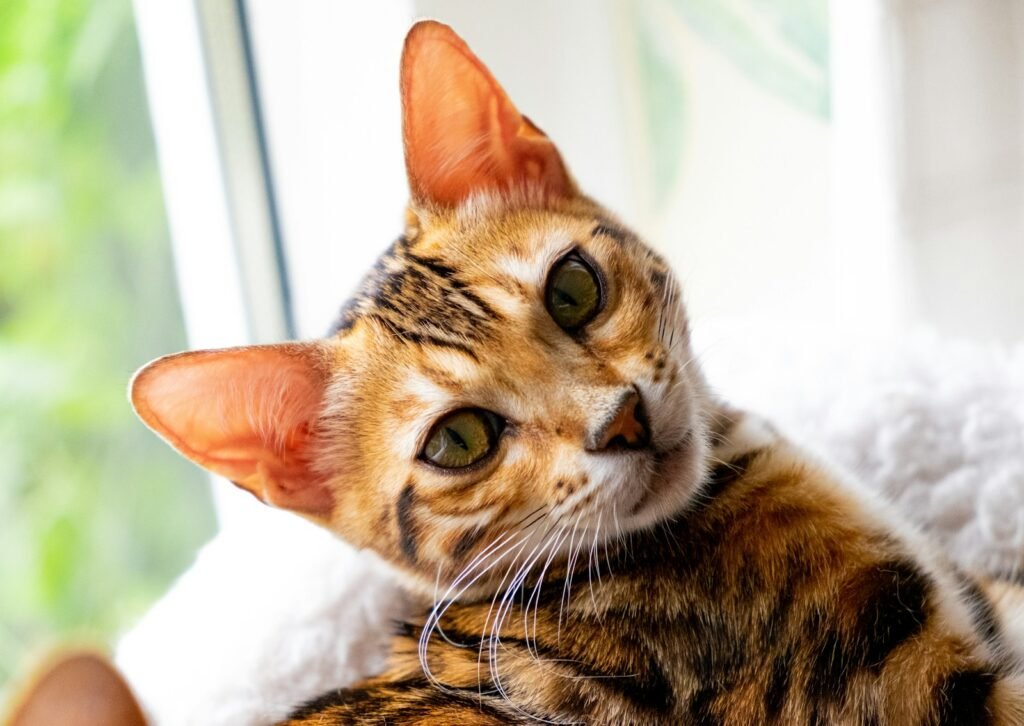
A cat’s ears are incredibly expressive and can reveal much about its mood and emotions. Erect ears typically indicate that the cat is alert and interested in its surroundings, while ears flattened against the head may suggest fear or aggression. If the ears rotate backward or become pinned, it could be a sign of agitation or unease. Observing ear positions in conjunction with other body language cues provides a comprehensive understanding of a cat’s current emotional state.
Vocalizations: The Emotional Vocabulary
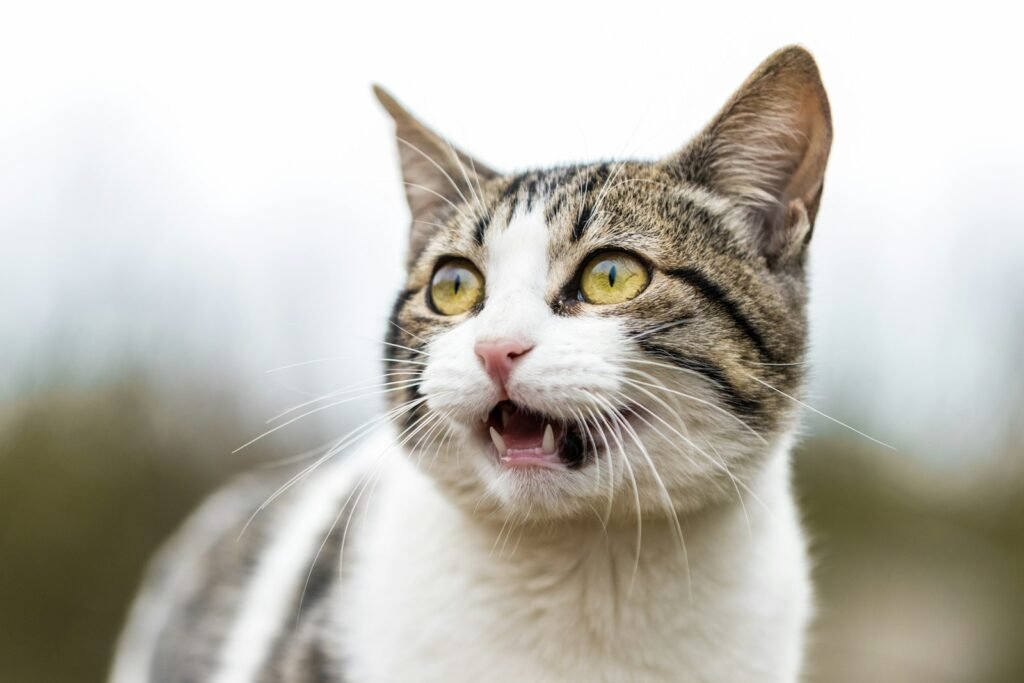
Aside from purring, cats have a rich variety of vocalizations that convey different emotions. A soft meow often serves as a friendly greeting, while a loud, insistent meow might indicate the cat is hungry or seeking attention. Growls, hisses, or shrieks typically express discomfort, fear, or aggression. Each cat has its unique set of vocalizations, and attentive owners quickly learn to distinguish between these sounds to better meet their feline friend’s needs.
Grooming: A Sign of Well-being or Stress
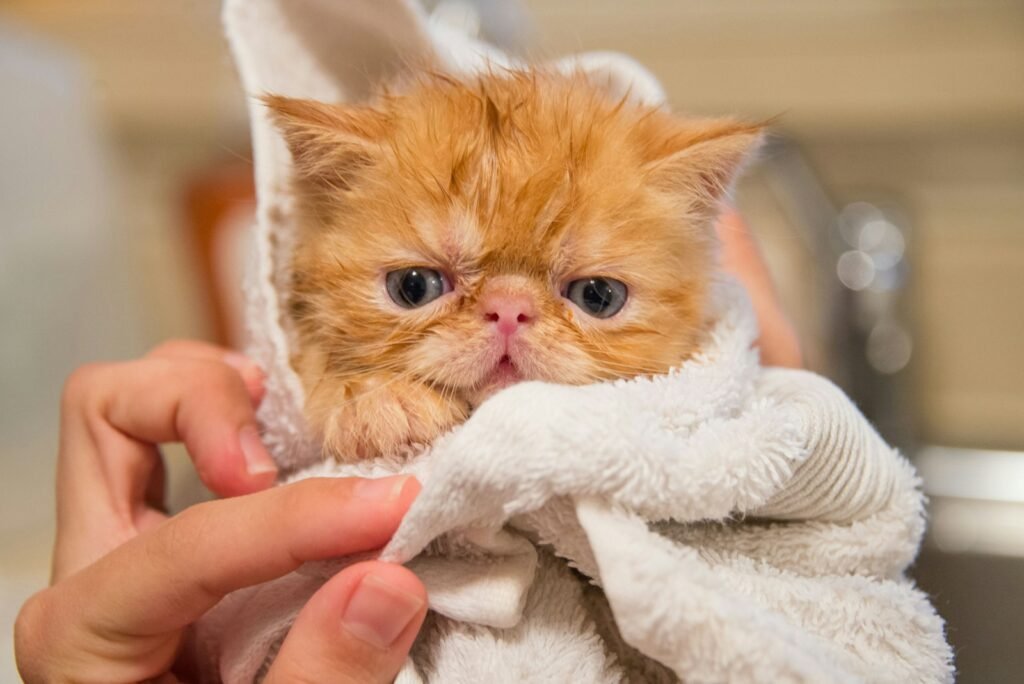
Grooming is a natural and essential behavior for cats, often indicating that everything is well. However, excessive grooming might suggest stress, anxiety, or a health issue. Cats also groom each other as a sign of social bonding, so if your cat is grooming you, it’s a gesture of trust and affection. Keeping an eye on your cat’s grooming habits can provide valuable information about their emotional and physical health.
Conclusion
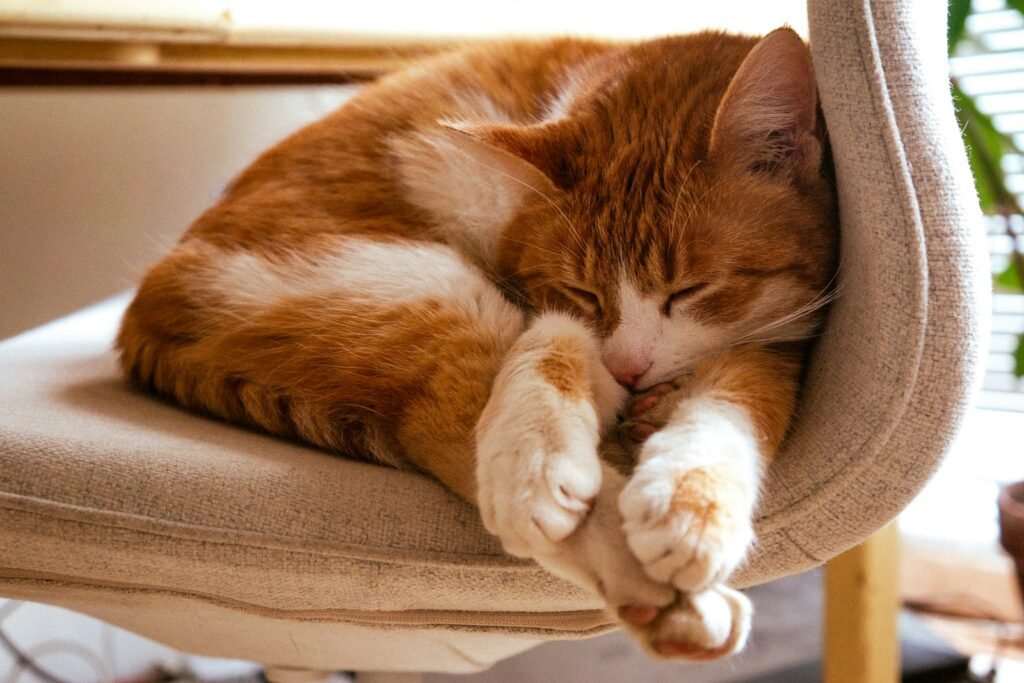
Understanding the myriad ways cats express their emotions can enrich the relationship between cats and their human companions. By paying attention to signals like purring, tail movements, slow blinking, ear position, vocalizations, and grooming habits, cat owners can gain deeper insights into their pets’ emotional worlds. These insights allow for more meaningful interactions and enhance the mutual trust and affection that forms the heart of the human-feline bond. Every cat’s communication is unique, and learning to read these cues not only improves care but also strengthens the beautiful, intricate bond shared with these enigmatic creatures.

Suhail Ahmed is a passionate digital professional and nature enthusiast with over 8 years of experience in content strategy, SEO, web development, and digital operations. Alongside his freelance journey, Suhail actively contributes to nature and wildlife platforms like Feline Fam, where he channels his curiosity for the Feline into engaging, educational storytelling.
With a strong background in managing digital ecosystems — from ecommerce stores and WordPress websites to social media and automation — Suhail merges technical precision with creative insight. His content reflects a rare balance: SEO-friendly yet deeply human, data-informed yet emotionally resonant.
Driven by a love for discovery and storytelling, Suhail believes in using digital platforms to amplify causes that matter — especially those protecting Earth’s biodiversity and inspiring sustainable living. Whether he’s managing online projects or crafting wildlife content, his goal remains the same: to inform, inspire, and leave a positive digital footprint.
